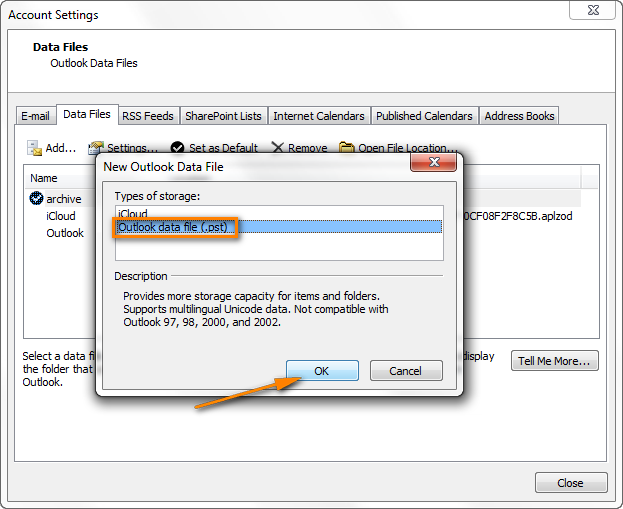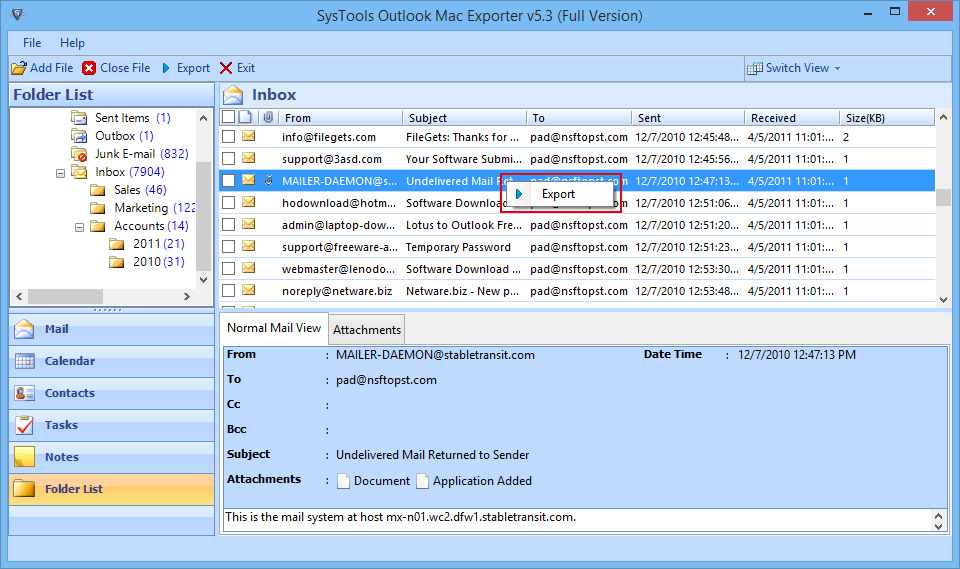

- Office for mac 2011 outlook outbox mac os#
- Office for mac 2011 outlook outbox software#
- Office for mac 2011 outlook outbox code#
To facilitate the plan of action, do the following things: Delete Ghost Emails from Outbox In such incidences, controlling the error-like situation and preventing OLM corruption should be the primary concern. All the email communication from the Outlook for Mac email client gets congested after the preceding incidence.
Office for mac 2011 outlook outbox code#
The moment you delete the message which remains undeleted and resides on Outbox as a ghost email, you might face “An unknown error has occurred in Outlook – Error code 17199”. You must have experienced the same situation when you were deleting a large message with many attachments that you could not send. Read Also: Know About OLM File Location in MAC Outlook Fixing the Outlook for Mac error code 17199īefore users encounter the Error code 17199, they might have been trying to delete a ghost message from the Outbox, which remains in the same state.
Office for mac 2011 outlook outbox mac os#
The location of the OLM file on your Mac OS can be traced across the following links: You won’t find any difficulty in locating and accessing OLM files unless it gets damaged by certain malevolent incidences. Although you do not need to interact with the OLM file directly, if you want to take the backup of your account, you need to know the location of the data files. Whenever you create an account in the application, a new OLM file is created for the account. The data file format of Outlook for Mac is OLM and saves all the mailbox items in it.

We have gathered all expert tactics to resolve errors in Outlook for Mac.

However, it may have a few technical glitches, and here.
Office for mac 2011 outlook outbox software#
The user interface of the software is adaptive as per the MacOS, and all the features have been designed to suit the needs of proper email management. Now, the Mac OS users can also set up their emails in Outlook for Mac and achieve better email communication. Under Do the following, specify the actions that you want to be performed.Outlook for Mac from Microsoft has enhanced the outreach of Windows-based applications to the Mac OS platform. Moving to the right, in the second pop-up menu, select Contains.Ĭlick Add search terms, and then in the search list, click Add for each term that you want to add.įor rules saved on your computer, you can use the pop-up menu above the criteria to select If Any Criteria Are Met or other options. In the left-most pop-up menu of the criteria, select a field that contains text, such as From, Recipients, or Subject. For example, to identify all messages sent from coworkers, the criterion could be " From" " Contains" " you want to have multiple criteria separated by "or," for rules saved on the Exchange Server, do this: Under When a new message arrives, on the leftmost pop-up menu, click the type of information that you want to identify.įor most criteria, you move from left to right to use more pop-up menus or text boxes. In the Rule name box, type a name for the rule. (This option is only available for accounts management by Microsoft Exchange Server 2010 or later.) To create a rule that runs on the Exchange server, under EXCHANGE SERVERS, click the account name. To create a rule that runs on your computer while Outlook is open, under ON MY COMPUTER, click the account type. In the left pane of the Rules dialog box, do one of the following: If you don't know whether your account is managed by Exchange, go to Find out which type of account you have. (If you create the rule based on an existing message, rules for an account managed by Microsoft Exchange Server 2010 or later are saved on the Exchange server, not on your computer.) Creating a custom rule is necessary if you have an account managed by Microsoft Exchange Server 2010 or later and you want to save the rule on your computer. Instead of creating a rule from an existing message, you can create a custom rule based on any criteria you want.


 0 kommentar(er)
0 kommentar(er)
